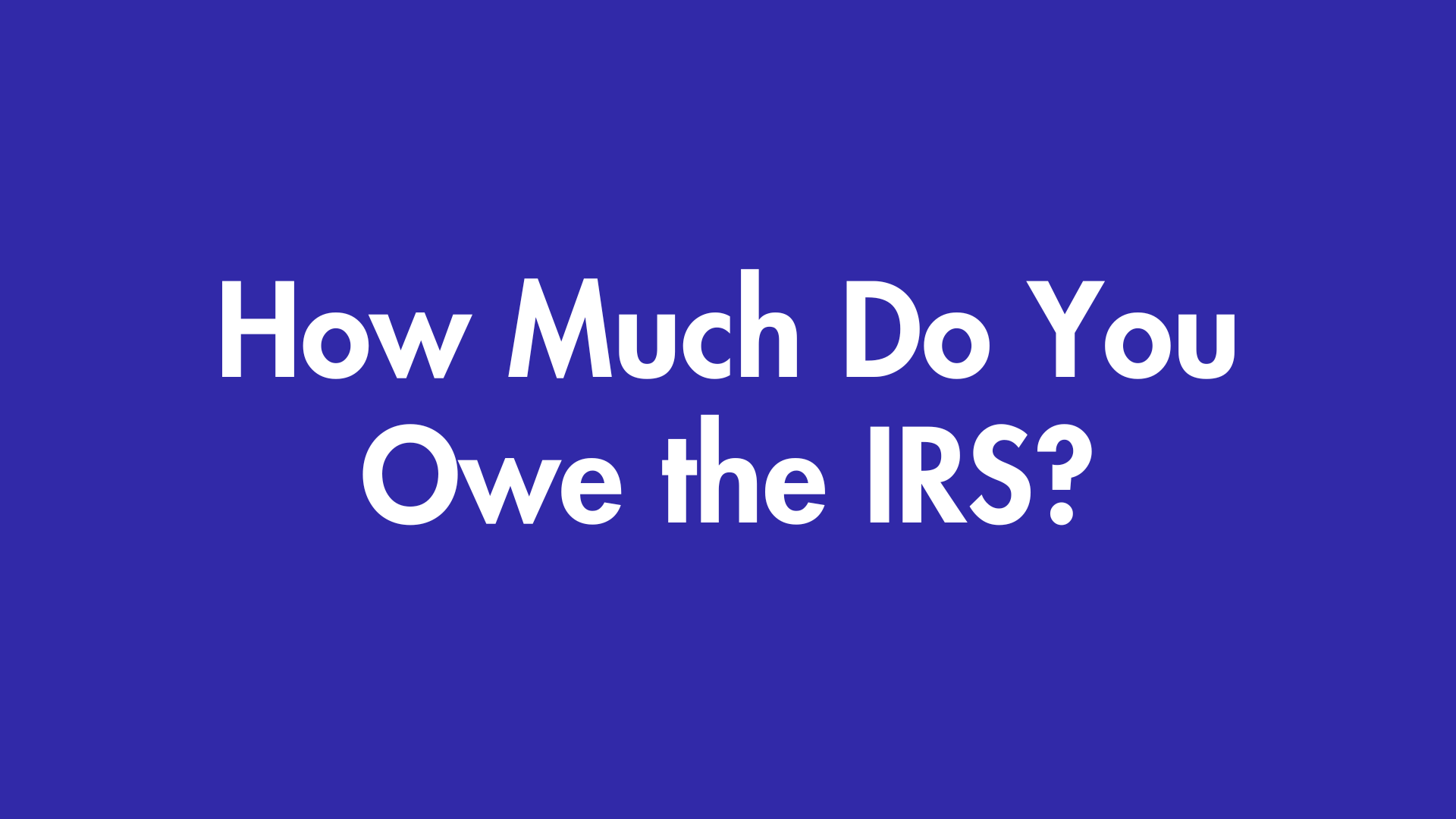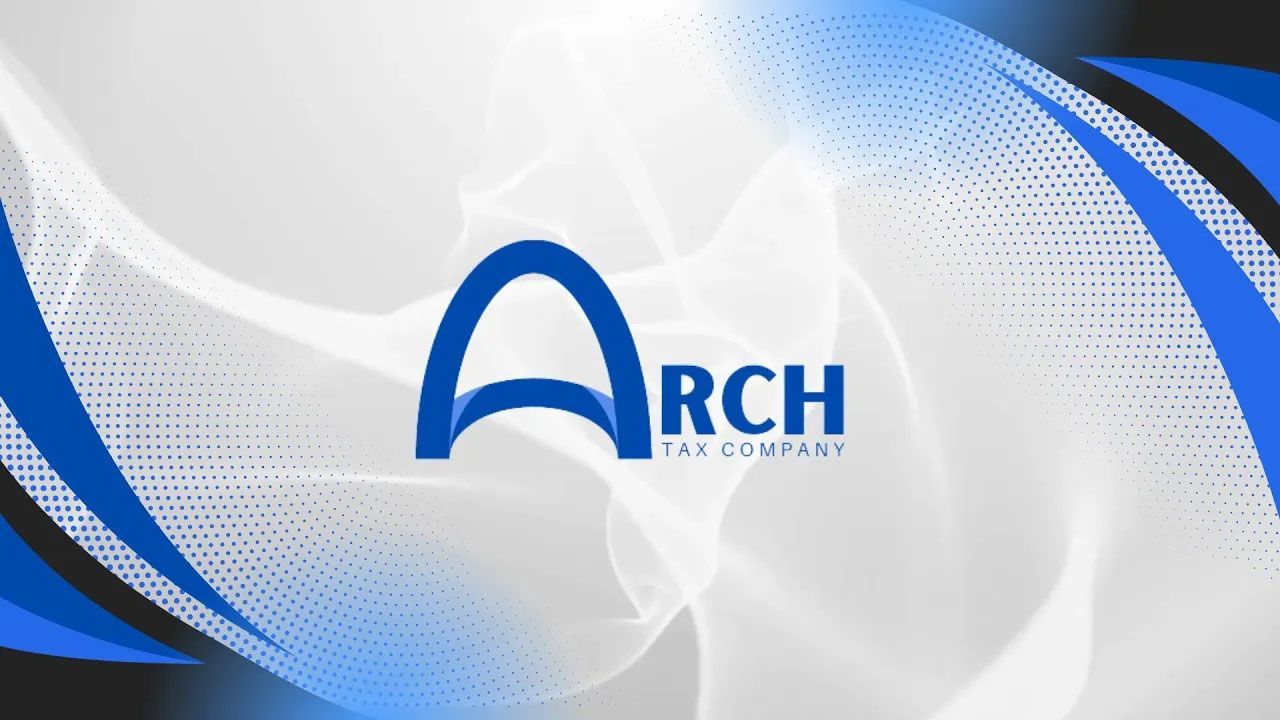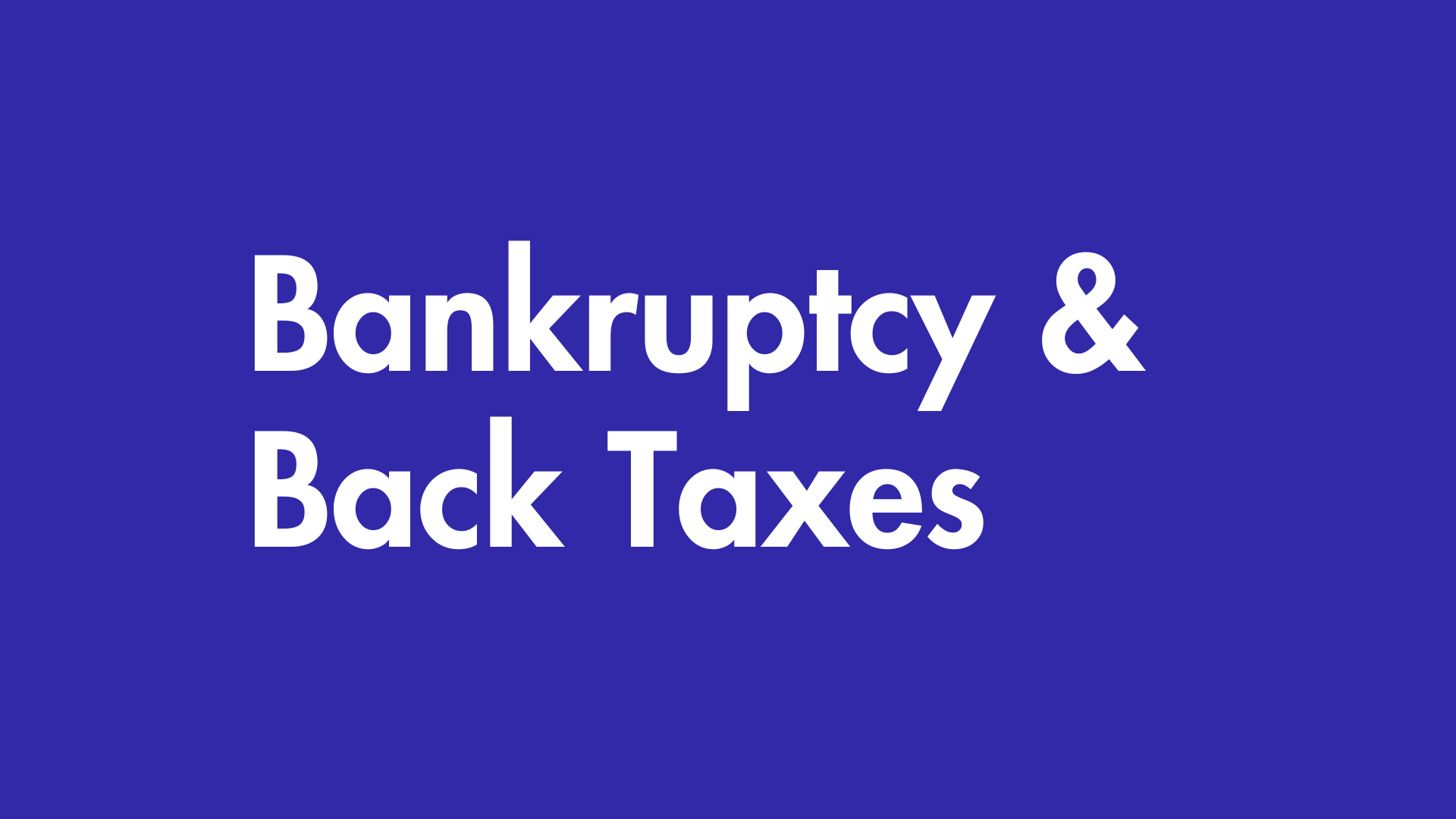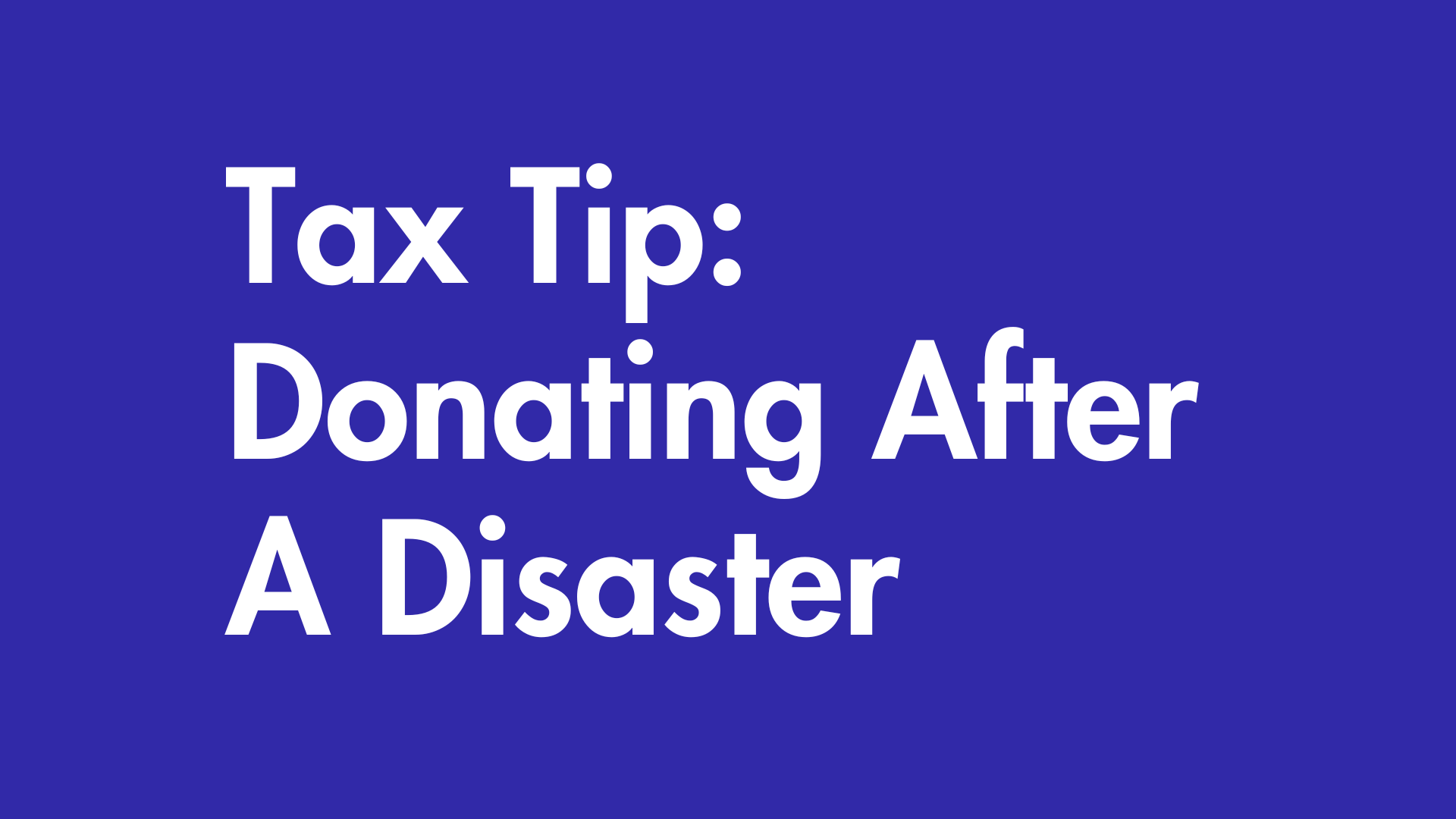The Infamous IRS Scam Call
Chad Dickinson • November 14, 2025
How to spot them, how they work, and what to do next.
If your phone rings with someone claiming to be “from the IRS,” demanding immediate payment and threatening arrest, wage garnishment, deportation, or license suspension… take a breath. You’re almost certainly dealing with a scammer.
IRS scam calls have become so common that the IRS lists them on its annual “Dirty Dozen” tax scams list. These impersonator calls spike during tax season, but they hit taxpayers year-round — using fear, urgency, and deception to steal money and personal information.
This guide explains how real IRS contact works, the tricks scammers use, and the steps to take to protect yourself.
Does the IRS Actually Call People?
Yes — but not the way scammers do.
The IRS will never:
- Demand payment over the phone
- Require a specific payment method like gift cards, prepaid cards, wire transfers, or Venmo/Zelle
- Threaten arrest, deportation, license revocation, or police action
- Ask for your debit or credit card number over the phone
Here’s how legitimate IRS contact works:
- Mail first. Always. The IRS sends letters or notices before anything else.
- Collections: An IRS employee may visit or call after written notices — but they will never ask for payment to anyone except the U.S. Treasury.
- Audits: You may get a phone call to schedule appointments, but only after receiving official mailed notices.
- Criminal investigations: Agents may visit without warning, but they never request money.
If you haven’t received IRS mail, the call you’re getting is not the IRS.
How IRS Scam Calls Work
Scammers typically start with an unsolicited call using spoofed caller IDs to appear legitimate — sometimes even showing “IRS” or a Washington, D.C. number.
You’ll often hear:
- Accusations of unpaid taxes
- Claims you’ve committed fraud
- Threats of arrest or legal action within hours
- Demands for immediate payment
- Instructions not to hang up or call anyone
Their goal is simple: panic you into paying quickly.
These scammers are shockingly successful. TIGTA (the Treasury Inspector General for Tax Administration) reported that thousands of victims paid over $54 million to impersonators in recent years.
Common Red Flags of an IRS Phone Scam
If any of these happen, it’s a scam — hang up immediately.
1. Immediate threats
“Officers are on the way right now…”
“The sheriff will arrest you today…”
“You’ll lose your license or be deported…”
The IRS does not operate like this.
2. Pressure to act right now
Scammers rely on panic. The real IRS allows appeals and due-process rights.
3. Requests for unusual payment methods
- Gift cards
- Apple Pay
- Wire transfers
- Cash apps
- Prepaid cards
The IRS doesn’t use these. Ever.
4. Caller already knows your personal info
Don’t be fooled. Scammers can easily buy or scrape basic data.
5. Robocall voicemails demanding callback
These are classic IRS impersonation tactics.
6. Refusal to let you verify the caller
A real IRS employee will give you their name and ID — and allow you to hang up and call the official IRS line to confirm.
What To Do If You Get an IRS Scam Call
Hang up immediately.
Don’t argue or engage. Just disconnect.
Don’t share ANY personal information.
Not your name, address, SSN, or financial details.
Report the scam to TIGTA
Online: https://www.treasury.gov/tigta
Phone: 800-366-4484
Report to the FTC
Use the fraud assistant at ReportFraud.ftc.gov.
If you’re unsure whether you owe taxes, call the IRS directly
IRS main line: 800-829-1040
They will tell you your status without threats or pressure.
If you actually owe taxes, the real IRS contact process is predictable and documented — not chaotic or aggressive.
New Variations to Watch Out For
Scammers evolve constantly. Some newer tactics include:
- Threatening to suspend your Social Security number
- Fake “refund verification” calls
- Calls claiming you must verify your identity to release a refund
- Fake charities tied to disaster relief
- Refund recalculation scams
- Fake “IRS case managers” calling from spoofed local numbers
When in doubt, assume it’s a scam and verify independently.
What To Do If You Fell Victim
If you’ve already paid or disclosed personal information:
- Report immediately to TIGTA and the FTC
- Notify your bank or credit card company
- Change passwords and enable 2-factor authentication
- Consider placing a fraud alert or credit freeze
- Monitor accounts closely
If the scam involved identity theft or IRS-related fraud, a tax professional can help you work with the IRS Identity Protection Specialized Unit to secure your account.
Stay Protected with Arch Tax
IRS scammers thrive on confusion, panic, and misinformation. The best defense is having a real tax professional in your corner.
At Arch Tax, we help taxpayers:
- Understand legitimate IRS notices
- Avoid scams before they happen
- Resolve real IRS liabilities
- Secure their IRS accounts
- Protect themselves from identity theft
- Navigate IRS communications confidently
If you’re worried about a call you received, your tax balance, or an IRS notice — don’t guess.
Reach out to Arch Tax. We’ll tell you exactly what’s real and what’s not.

It’s a question that can send a shiver down your spine, a classic nail-biter that pops up right around tax season: “How much do I really owe the IRS?” Let’s be honest, navigating the world of taxes can feel like trying to solve a Rubik’s Cube in the dark. Whether you’ve hit a few financial bumps in the road or simply lost track of your tax returns, figuring out your standing with the Internal Revenue Service (IRS) is the first crucial step toward getting your financial house in order. This guide will walk you through the different ways to uncover that magic number, from sleuthing online to making a good old-fashioned phone call. And once you know what you’re up against, we’ll even explore some expert-backed strategies for settling your score with Uncle Sam. Cracking the Code: How to Figure Out What You Owe Finding out your tax liability is easier than you might think. The IRS has several methods available to help you get the information you need. Here’s a breakdown of your options: Your Online IRS Account The quickest and most convenient way to get to the bottom of your tax situation is by using the IRS’s online tools. The “View Your Tax Account” feature on the IRS website is your one-stop shop for all things tax-related. To get started, you’ll need to create an account and verify your identity. You’ll need some personal information on hand, like your Social Security number, date of birth, and the filing status and mailing address from your most recent tax return. Once you’re in, you’ll have access to a wealth of information, including: Your payment history Any outstanding balances you owe Information about your payment plans Digital copies of certain IRS notices This is the fastest way to see what you owe and even make payments online. Just be mindful of any potential bank fees associated with online payments. A Little Help From a Friend: Calling the IRS If you prefer a more personal touch, you can always give the IRS a call. The general inquiry line is 1-800-829-1040. Before you dial, make sure you have your personal information and a copy of your most recent tax return handy. An IRS representative can help you with a balance inquiry, explain any outstanding balances, and walk you through your payment options. While it might take a bit of patience to get through, speaking with a real person can be incredibly helpful, especially if you have questions about your tax records or payment plans. The Paper Trail: Reaching Out by Mail For those who appreciate the tangible nature of snail mail, you can also request your tax information by mail. You’ll need to send a written request to the IRS, and it’s a good idea to use the address listed on the most recent notice you’ve received. If you don’t have a recent notice, you can find the correct address on the IRS website. Keep in mind that this is the slowest method, and with taxes, time is of the essence. Unpaid taxes can quickly accumulate penalties and interest, so it’s best to use a faster method if possible. You’ve Got the Number, Now What? Strategies for Settling Your Tax Bill Knowing how much you owe is half the battle. Now it’s time to come up with a plan to pay it off. Here are some effective strategies for settling your tax bill: File on Time, Every Time: The easiest way to avoid getting into tax trouble is to file your taxes on time, every year. This will help you avoid late filing penalties. Explore Payment Options: If you can’t pay your entire tax bill at once, don’t panic. The IRS offers several payment options, including installment agreements and offers in compromise. You can apply for these online or with the help of an IRS representative. Use Your Refund to Your Advantage: If you’re expecting a tax refund, you can have the IRS apply it directly to your outstanding balance. Look into Penalty Waivers: If you have a good compliance history, you may be eligible for a first-time penalty waiver. It’s worth looking into! Don’t Be Afraid to Ask for Help: If you’re feeling overwhelmed, consider seeking advice from a tax professional. They can help you navigate the complexities of the tax system and find the best solution for your unique situation. Frequently Asked Questions How long does the IRS have to collect unpaid taxes? The IRS generally has 10 years to collect unpaid taxes from the date they were assessed. This is known as the Collection Statute Expiration Date (CSED). However, certain actions, like entering into an installment agreement or filing for bankruptcy, can extend this period. Should I take out a loan to pay my taxes? This is a tricky one. While a loan can provide immediate relief and help you avoid IRS penalties and interest, it’s not without its own risks. You’ll need to be sure you can afford the loan repayments, and you’ll want to compare the interest rate on the loan to the penalties and interest charged by the IRS. It’s always a good idea to consult with a financial advisor before making this decision. How can I check my IRS balance myself? As we’ve covered, you have three main options: online through the “View Your Tax Account” feature on the IRS website, by phone at 1-800-829-1040, or by mail. For the fastest and most comprehensive information, the online portal is your best bet. Dealing with the IRS can be stressful, but it doesn’t have to be a nightmare. By taking a proactive approach and using the resources available to you, you can take control of your tax situation and get back on the path to financial freedom. You don’t have to face the IRS alone. Contact Arch Tax today and we’ll help you understand your options and take the next step s forward .

Every year, as tax season begins, millions of Americans diligently gather their documents, determined to file accurately and on time. Yet many unwittingly fall into procedural traps—set not by malice, but by the sheer complexity of the U.S. tax code. From the perspective of a tax resolution company who’s seen countless taxpayers blindsided by unexpected notices and penalties, it’s clear the IRS has a playbook. Automated systems, targeted audits, and strict procedural rules can catch even the most honest individuals off guard. This isn’t about scare tactics—it’s about awareness. Understanding where these traps lie is the first step toward navigating tax season with confidence. Below are five of the most common IRS traps, along with practical steps to help you steer clear. Trap #1: The Automated Refund Delay Trap What It Is: The IRS withholds refunds from millions of taxpayers for “additional review,” a process triggered automatically by sophisticated error-detection algorithms. While most refunds are issued within 21 days, a flagged return can be delayed for months with little communication. Why It’s a Trap: Even minor mismatches between your reported income and what the IRS receives from employers (W-2s) or clients (1099s) can freeze your refund. Common triggers include small data entry errors, incorrect Social Security numbers, or deductions that look statistically unusual for your income level. How to Avoid It: Cross-check every figure on your return before filing. E-file early—late-season filers face heavier scrutiny—and always use direct deposit. A paper check is over 16 times more likely to be lost or stolen, which can prolong the wait even further. Trap #2: The High-Stakes Credit Crackdown (EITC & CTC) What It Is: The IRS aggressively audits returns claiming the Earned Income Tax Credit (EITC) and Child Tax Credit (CTC) . These credits are vital for working families, yet have some of the highest error rates in the system. Why It’s a Trap: Because of those error rates, the IRS effectively operates on a “prove you’re right” basis. EITC claims are audited more than four times as often as typical individual returns—and certain demographics face disproportionate scrutiny. How to Avoid It: Be audit-ready from day one. Keep: Proof of income (pay stubs, 1099s, bank statements) Proof of residency for dependents (school, medical, or official records) Don’t file until all documentation is organized. If audited, clear proof can quickly resolve the issue in your favor. Trap #3: The Gig Economy Reporting Trap (1099-K) What It Is: Third-party payment apps like PayPal, Venmo, and Cash App now report income for goods and services through Form 1099-K. Though the threshold has changed repeatedly, the reporting system remains firmly in place. Why It’s a Trap: Many gig workers and side-hustlers assume small amounts of income “don’t count.” The IRS’s automated matching software disagrees—discrepancies between what platforms report and what you file are automatically flagged. How to Avoid It: Report all income, even if you don’t receive a 1099-K. Track deductible business expenses carefully—mileage, phone, supplies, and other legitimate costs—to reduce taxable income. Always keep receipts and logs to substantiate your claims. Trap #4: The “Voluntary” Disclosure Illusion What It Is: Sometimes the IRS sends friendly-sounding letters encouraging taxpayers to “voluntarily” correct past filings or unpaid balances. Why It’s a Trap: The IRS generally has 10 years from the date a tax is assessed to collect it—known as the Collection Statute Expiration Date (CSED) . When you respond to these letters, file old returns, or make payments, you can accidentally restart or extend that 10-year clock—giving the IRS more time to pursue you with added penalties and interest. How to Avoid It: Never reply to an old-debt notice without professional advice. A tax resolution expert can determine your CSED and guide you on whether to respond strategically—or not at all. Trap #5: The Resolution Runaround (Offer in Compromise) What It Is: The IRS Fresh Start Program , especially the Offer in Compromise (OIC) , is promoted as a chance to settle tax debt for less than you owe. Why It’s a Trap: OIC qualification rules are deliberately strict, and only about 20–40% of applications are approved. Many taxpayers apply without understanding the IRS’s complex financial formulas or fail to provide every required document. Rejection not only wastes time and money but also hands the IRS your complete financial profile. How to Avoid It: Before applying, get a realistic assessment of your eligibility. Tools like Arch Tax’s Resolution Assistant can show which programs you actually qualify for and save you from unnecessary exposure. Conclusion: Navigating the Maze with Confidence The IRS doesn’t have to deceive taxpayers—the system itself is complicated enough to trap the unprepared. Awareness, documentation, and expert guidance are your strongest defenses. At Arch Tax , we help taxpayers navigate the complexities before they turn into costly problems. If you’re facing an IRS issue—or just want peace of mind this tax season—see which programs and protections fit your situation. Click here to schedule a free consultation

Most people are surprised to learn that the IRS doesn’t have forever to collect on back taxes. In general, the agency has a 10-year statute of limitations that starts the day your tax debt is officially assessed. Once that clock runs out, the IRS typically loses its ability to collect. Sounds straightforward, right? Not so fast. There are important exceptions that can pause or even extend that 10-year collection window—and if you’re not aware of them, you might think you’re in the clear when you’re not. At Arch Tax, we believe in helping our clients understand how these rules really work so you can make smart, informed decisions about your situation.

If you owe back taxes, you may have heard that filing for bankruptcy can sometimes wipe out IRS debt. While that’s technically true, the rules are extremely strict, and in most cases there are better solutions available. At Arch Tax, we work hard to resolve tax issues without pushing you toward bankruptcy — but it’s important to understand how the process works in case it becomes part of the discussion. What Is an IRS Tax Discharge? An IRS tax discharge happens when certain qualifying tax debts are eliminated through bankruptcy. However, not all tax debt qualifies, and you must meet several conditions before the IRS will allow it. The general criteria include: Tax returns were filed at least two years before the bankruptcy. The IRS assessed the tax more than 240 days before the filing. The debt is unsecured (no lien attached). The debt is not related to trust fund taxes (such as withheld payroll taxes). The taxpayer did not commit fraud or attempt to evade taxes. At least three years have passed since the tax return was originally due (including extensions). If all of these apply, a discharge may be possible. Chapter 7 vs. Chapter 13 Bankruptcy There are two main types of bankruptcy that come into play with tax debt: Chapter 7 Bankruptcy Often called “liquidation bankruptcy.” Can eliminate qualifying tax debts. Typically requires proving you don’t have the income to repay what you owe. Faster and more straightforward than Chapter 13. Chapter 13 Bankruptcy Restructures your debts into a 3–5 year repayment plan . Allows you to catch up on overdue payments. Does not discharge IRS debt. For those strictly looking to wipe out IRS debt, Chapter 7 is more favorable — but qualifying is difficult, and it’s not always the best path forward. What Tax Liabilities Cannot Be Discharged? Even in Chapter 7, some types of taxes are never dischargeable. These include: Federal tax liens already filed. Recent property taxes. Certain payroll and employment taxes. “Trust fund” taxes such as withheld income, Social Security, and Medicare. Erroneous refunds or credits tied to non-dischargeable taxes. In these cases, bankruptcy will not erase your obligation. Why Bankruptcy Should Be a Last Resort Bankruptcy can feel like a quick fix, but it comes with long-term financial consequences. Your credit, your ability to borrow, and even certain job opportunities can all be affected. That’s why at Arch Tax , we do everything possible to explore other tax resolution strategies first — like Offers in Compromise, installment agreements, penalty abatements, or the IRS Fresh Start Program. Bankruptcy may help in very specific situations, but we see it as the last option on the list. Final Thoughts IRS tax discharge through bankruptcy is possible, but only under narrow circumstances. For most taxpayers, there are far better options that can resolve your IRS debt without the lasting effects of bankruptcy. At Arch Tax , our mission is simple: help you find the best solution for your tax problem — not just the fastest or easiest. We’ll walk you through your options, explain what you qualify for, and fight to protect your financial future. 📞 Call us today to review your case and find out what tax relief options may work for you. Bankruptcy isn’t the only answer — and often, it’s not the best one.

When tax debt feels overwhelming, the promise of “fast relief” can be tempting. Unfortunately, not every tax relief company plays by the rules. In recent years, taxpayers have reported an increase in scams where firms use aggressive sales tactics, hidden fees, or false promises to lure in clients—only to leave them worse off than before. Knowing how to spot the red flags can protect your wallet and give you peace of mind. Common Warning Signs of a Tax Relief Scam 1. Upfront Payment Demands Be cautious if a company asks for full payment before they’ve reviewed your situation. Many fraudulent firms collect thousands of dollars upfront and then fail to provide meaningful help. 2. Lack of Transparency If a company won’t explain its process, fees, or credentials in clear terms, consider it a major red flag. Trustworthy firms are upfront about costs and timelines. 3. Aggressive Marketing Tactics Scam firms often rely on unsolicited calls, misleading mailers designed to look like IRS notices, or pressure to “sign up now before it’s too late.” Legitimate professionals don’t need scare tactics to earn your trust. 4. No Licensed Professionals on Staff A reliable tax relief company employs licensed experts—such as CPAs, enrolled agents, or tax attorneys—who can represent you before the IRS. If you can’t verify credentials, walk away. 5. No Money-Back Guarantee Many reputable companies offer some form of satisfaction guarantee. Scammers often avoid this, knowing their “services” won’t deliver results. Signs of a Legitimate Tax Relief Firm Licensed professionals are easy to verify and listed publicly. Transparent fee structures that don’t hide costs. Free initial consultations so you can explore your options without financial risk. Protecting Yourself Before hiring a tax relief company: Research reviews and complaints online. Verify credentials with professional associations. Ask direct questions about costs, timelines, and services. Trust your gut —if something feels off, it probably is. Final Thoughts Tax relief can be life-changing when handled by the right professionals—but devastating if you fall for a scam. By recognizing these warning signs and doing your due diligence, you can avoid fraudulent companies and focus on solutions that actually work. If you’re dealing with IRS debt and want clear, honest guidance, consult a licensed tax professional you can trust . You can also schedule a free consultation with us and we'd be happy to answer all of your questions.




